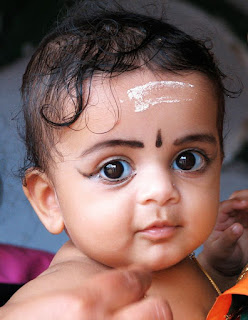Ultrastructure of Mitochondria:
In 1953, Palade and Sjostrand independently described the ultrastructure of mitochondria. Mitochondria are bounded by an envelope consisting of two concentric membranes, the outer and inner membranes. The space between the two membranes is called inter-membrane space.
A number of invaginations occur in the inner membrane; they are called cristae . The space on the interior of the inner membrane is called matrix.
Outer Membrane:
The outer mitochondrial membrane has high permeability to molecules such as sugars, salts, coenzymes and nucleotides etc. It has many similarities with the ER but differs from it in some respects, e.g., mono-amine-oxidase is present in the mitochondrial outer membrane but not in ER.
The mitochondrial outer membrane contains a number of enzymes and proteins.
Inter-Membrane Space:
The inter-membrane space is divided into two regions:
(1) Peripheral space and
(2) Intracristal space.
Large flattened cristae are connected to the inner membrane by small tubes called peduculi cristae. The inter-membrane space has several enzymes of which “adenylate kinase” is the chief one. This enzyme transfers one phosphate group from ATP to AMP to produce two molecules of ADP.
Inner Membrane:
The inner mitochondrial membrane invaginates inside the matrix; the invaginations are called cristae. This membrane has a high ratio of protein to lipid. The inner membrane contains large number of proteins which are involved in electron transfer (respiratory chain) and oxidative phosphorylation. The respiratory chain is located within the inner membrane, and consists of pyridine nucleotides, within the inner membrane, and consists of pyridine nucleotides, flavoproteins, cytochromes, iron-sulphur proteins and quinones.
Matrix:
The interior of mitochondrion is called matrix. It has granular appearance in electron micrographs. Some large granules ranging from 30 nm to several hundred nanometers in diameter are also present in the matrix. The matrix contains enzymes and factors for Krebs cycle, pyruvate dehydrogenase and the enzymes involved in β-oxidation of fatty acids.





